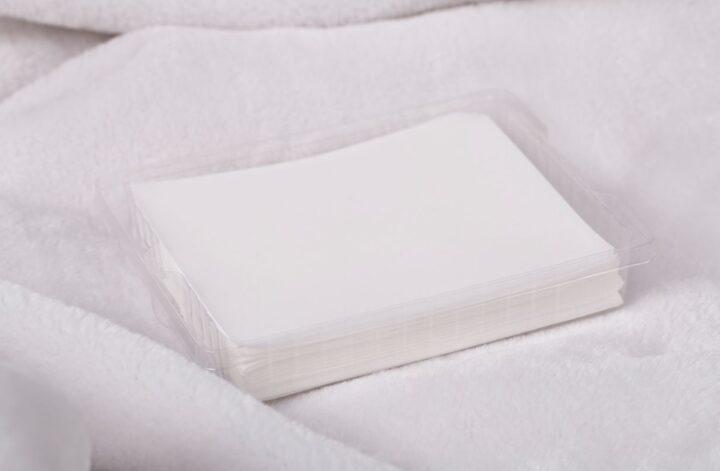Homeownership is a wonderful privilege—and a hefty responsibility. Your home is comprised of several structural elements, appliances, and utilities that contribute to its function. Keeping all those components in good condition will keep your house safe and operational.
Part of your responsibility as a homeowner is to look out for health hazards that could be hiding in your home. Educate yourself on these common dangers and what you can do about them!
Mold
Do you smell something musty coming from your bathroom, kitchen, or laundry area? Parts of your home that see a lot of moisture are highly vulnerable to mold growth.
If you spot a small amount of mold in your home, clean it up with a solution comprised of one gallon of water and one cup of bleach. Larger areas of mold growth may require professional remediation.
Carbon Monoxide Leaks
Many of the appliances in your home, including water heaters, stoves, and dryers, give off small amounts of carbon monoxide as they run. This is safe, but if those appliances are faulty or past their prime, that CO gas can continue to leak into your home after you’ve turned them off.
If those CO levels become too high, it can be deadly. However, you can’t detect CO with your senses, so you should install CO detectors at regular intervals throughout your home and test their functionality once a month. If one of your appliances is leaking gas, call a repair expert as soon as possible.
Radon
Radon is a radioactive noble gas that seeps into homes and other buildings through their foundations. Long-term radon exposure is the second leading cause of lung cancer in Americans. And unlike carbon monoxide, radon doesn’t give you headaches or dizziness as a warning sign. Wondering if your home has elevated radon levels? There are many benefits of testing your home for radon with an at-home kit. Just send the kit off to a lab, and they’ll respond promptly with actionable answers for you.
Lead Paint
If your home was built before 1978, there’s a decent possibility that lead paint is lurking on your walls. Lead exposure is connected to long-term nerve and kidney damage, as well as neurological issues that can affect behavior.
Luckily, the dangers of lead paint are so well-known that test kits are affordable and easy to procure at any home improvement store. If test results do indicate the presence of lead in the paint, call a professional to have those materials removed.
Are you a new or seasoned homeowner wondering about possible health hazards lurking in your home? Test your house for these common dangers and be proactive about removing them, so you can enjoy many more years of good health in your home.



